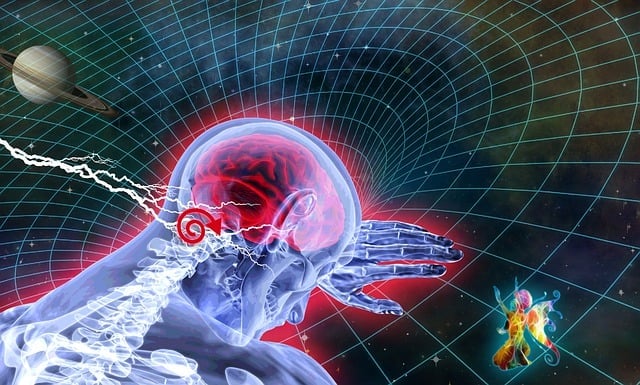A combined study on the morphology of the human pelvis – leveraging genetics and deep learning on data from more than 31,000 individuals – reveals genetic links between pelvic structure and function, locomotion, and childbirth outcomes, researchers report. The findings offer fresh insights into how our species evolved to balance the competing demands of bipedalism and childbirth. The transition to bipedalism in hominins led to significant changes in pelvic morphology, including a shorter and wider pelvis, which facilitated an upright posture and efficient locomotion. However, this adaptation also created a challenge for childbirth, as the narrowing of the birth canal made it difficult for babies with larger brains to pass through. This conflict – known as the "obstetrical dilemma" – has sparked debate for decades. It has been suggested that the dilemma may have been alleviated through evolution, with humans giving birth to less developed infants, allowing them to pass through the birth canal more easily. However, this theory has been challenged by recent studies showing human gestation and newborn size are comparable to other primates of similar size. While functional genomic studies on gene expression and comparisons between great apes and humans have provided insights into pelvic development, the genetic basis for pelvic morphology in humans remains largely unknown. To study the genetic basis of the human pelvis, Liaoyi Xu and colleagues used full-body dual-energy x-ray absorptiometry (DXA) images and genetic data from 42,284 individuals in the UK Biobank. Using a deep-learning approach on 39,469 high-quality DXA images, Xu et al. derived a comprehensive set of 7 skeletal measurements of the human pelvis and performed genome-wide scans to identify genetic loci associated with variations in pelvic proportion. Xu et al. uncovered 180 independent genetic loci associated with pelvic shape and found sex-specific differences in genetic architecture, as well as asymmetries in pelvic structure linked to handedness. They also found that wider birth canals are genetically associated with slower walking speed and greater risk of pelvic floor disorders, but also with a reduced risk of obstructed labor. Moreover, the study found no evidence that shorter gestation evolved to ease childbirth, but did observe genetic correlations between pelvic shape and head size, hinting at evolutionary responses to the challenges of birthing large-brained infants.
Human Pelvis Evolution: Walking vs. Childbirth Tradeoffs
American Association for the Advancement of Science (AAAS)
/Public Release. This material from the originating organization/author(s) might be of the point-in-time nature, and edited for clarity, style and length. Mirage.News does not take institutional positions or sides, and all views, positions, and conclusions expressed herein are solely those of the author(s).View in full here.






